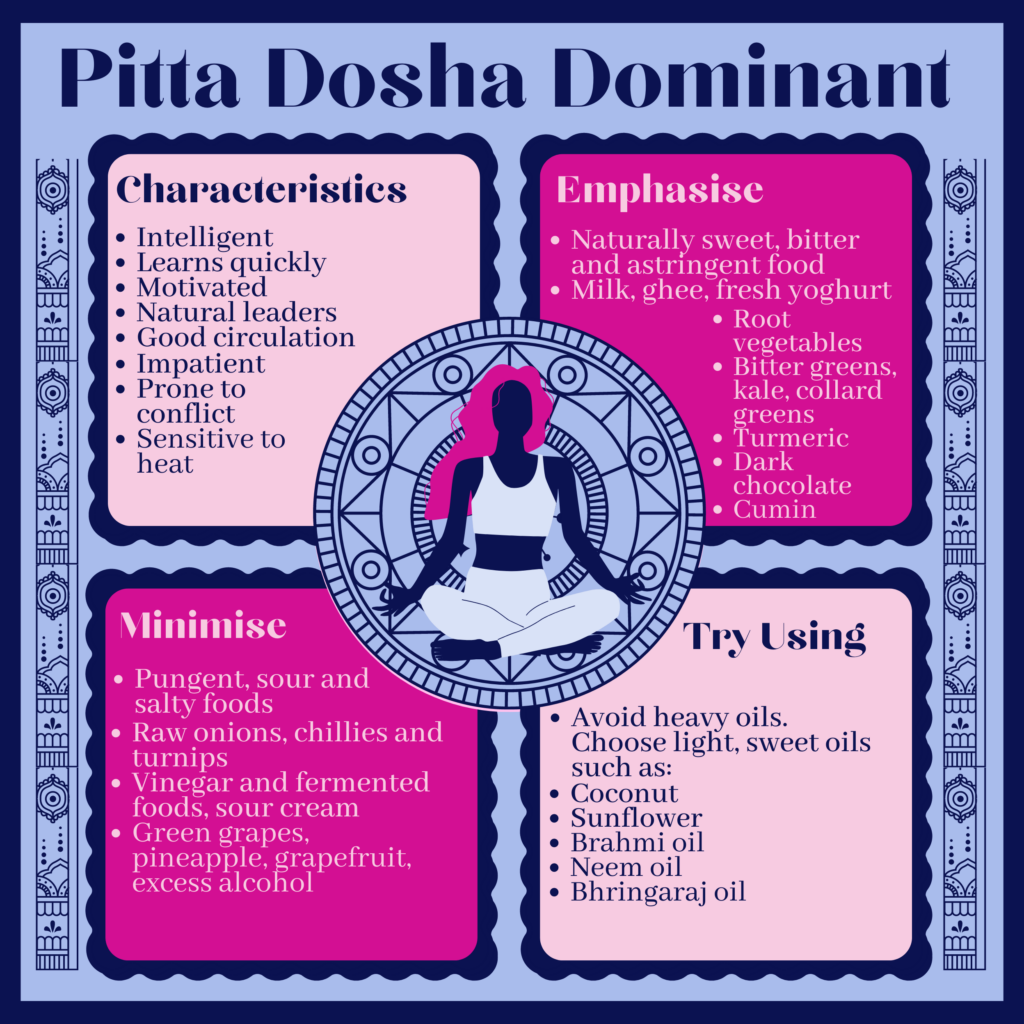An Introduction into Ayurveda
In recent months, Ayurveda, a system of medicine which originated in India over 3000 years ago, is taking the Western world by storm. Many retailers, including multinational health food chain Holland and Barrett, have reported a surge in sales for products relating to Ayurvedic medicine, which include herbal supplements, skin care and oils. Ingredients such as ashwagandha and turmeric, which, according to Ayurvedic thought, support cognitive health and development, have increased in popularity.
Ayurvedic medicine is associated with a whole host of benefits. Advocates report glowing skin, healthy hair, reduced inflammation, lower blood pressure and cholesterol and a better quality of life. With this in mind, wellbeing experts at UK Saunas share a helpful beginners guide to Ayurveda.
 Vata dosha controls basic bodily functions, such as breathing, heart function, blood flow and mind function. Vata dosha can be disrupted by grief, fear and lack of sleep.
Vata dosha controls basic bodily functions, such as breathing, heart function, blood flow and mind function. Vata dosha can be disrupted by grief, fear and lack of sleep.
 Pitta dosha, meanwhile, is responsible for digestion and metabolism. Excess warmth, exertion or eating sour, salty or pungent foods may cause imbalance.
Pitta dosha, meanwhile, is responsible for digestion and metabolism. Excess warmth, exertion or eating sour, salty or pungent foods may cause imbalance.
 Kapha dosha controls body strength and stability, weight and the immune system. Balance may be disrupted by napping during the day and an excess of sugary foods.
Individual dosha balance behaves as a kind of Ayurvedic blueprint - a forecast of potential health problems a person may be more prone to, and ways to prevent and treat them.
Kapha dosha controls body strength and stability, weight and the immune system. Balance may be disrupted by napping during the day and an excess of sugary foods.
Individual dosha balance behaves as a kind of Ayurvedic blueprint - a forecast of potential health problems a person may be more prone to, and ways to prevent and treat them.
Ayurveda explained: The basics
Ayurveda, which originated in India over 3000 years ago, is a natural system of medicine. The term, derived from the Sanskrit for knowledge (veda) and life (ayur), is based on the notion that disease is caused by an imbalance in a person’s consciousness. To restore balance, Ayurveda recommends natural therapies and lifestyle changes. Typically, treatment under the Ayurveda system begins with purification and features herbal remedies, massage therapy, meditation, yoga and changes to diet.The three doshas
Ayurveda takes a holistic approach, influenced by the Hindu principle of interconnectedness of the mind, body and spirit with the universe. According to practitioners of Ayurveda, each being is formed of five basic elements: space, air, fire, water and earth. These elements combine in the body, forming three doshas, or life energies. Doshas control how the body works. Vata dosha comprises space and air, pitta dosha fire and water and kapha dosha water and earth. Distribution of doshas differs from person to person. Vata dosha controls basic bodily functions, such as breathing, heart function, blood flow and mind function. Vata dosha can be disrupted by grief, fear and lack of sleep.
Vata dosha controls basic bodily functions, such as breathing, heart function, blood flow and mind function. Vata dosha can be disrupted by grief, fear and lack of sleep.
 Pitta dosha, meanwhile, is responsible for digestion and metabolism. Excess warmth, exertion or eating sour, salty or pungent foods may cause imbalance.
Pitta dosha, meanwhile, is responsible for digestion and metabolism. Excess warmth, exertion or eating sour, salty or pungent foods may cause imbalance.
 Kapha dosha controls body strength and stability, weight and the immune system. Balance may be disrupted by napping during the day and an excess of sugary foods.
Individual dosha balance behaves as a kind of Ayurvedic blueprint - a forecast of potential health problems a person may be more prone to, and ways to prevent and treat them.
Kapha dosha controls body strength and stability, weight and the immune system. Balance may be disrupted by napping during the day and an excess of sugary foods.
Individual dosha balance behaves as a kind of Ayurvedic blueprint - a forecast of potential health problems a person may be more prone to, and ways to prevent and treat them.
Becoming an active participant in your journey to wellbeing
Ayurveda, with its focus on holistic healing, necessitates that practitioners are active participants in their own journey to wellbeing. Although supplements and herbal formulas are crucial elements of Ayurveda, simply consuming them, without awareness of the process as a whole, is not sufficient.Determining your Ayurvedic body type
Put simply, your Ayurvedic body type is determined by the balance of doshas, which are also described as bodily humours. If you are unsure of your Ayurvedic body type, try consulting a licensed practitioner or complete an online quiz. This Ayurvedic Profile quiz by Banyan Botanicals is a great place to start.Characteristics of a vata-dominant person
- Learns quickly
- Good at multitasking
- Kind-hearted
- Naturally slim build
- May be forgetful
- Prone to anxiety
- Highly sensitive to the cold
- More likely to suffer from insomnia
- Prone to digestive issues
- Has poor circulation
Characteristics of a kapha dominant person
- Empathetic, caring and trusting
- Very patient
- Has strong bones and joints
- Has a healthy immune system
- Prone to weight gain
- Susceptible to depression
Characteristics of a pitta dominant person
- Highly intelligent
- Self-motivated
- Is a natural leader
- Has a fast metabolism and good circulation
- Has a tendency to be impatient and is prone to conflict
- Sensitive to hot temperatures
- Prone to mood swings when hungry




